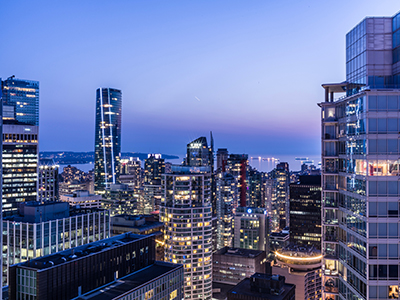
Healthy Forecast for Commercial Real Estate

Commercial real estate can anticipate post-pandemic growth rooted in strong regional markets and steady commercial and multifamily lending, the Urban Land Institute said.
The Spring ULI Real Estate Economic Forecast said the prospects of a recession have increased, “[but] the impact on real estate should be limited,” ULI Global CEO Ed Walter said. “It should also not be overlooked that while the downtown office market continues to face challenges, well-located, newer office space is expected to bounce back in the next twelve months.”
The forecast largely corroborates a Mortgage Bankers Association commercial real estate finance forecast last week. That forecast said commercial and multifamily lending will likely hold steady at a projected $895 billion this year, roughly in line with 2021’s $891 billion total.
MBA Vice President of Commercial Real Estate Research Jamie Woodwell noted the rise in interest rates will likely “take a little wind out of the sails” of commercial and multifamily real estate markets–at least in terms of transaction volumes. “Even so, there remain many property types– including multifamily, industrial, bio-medical and others–that are seeing some of the strongest fundamentals in recent memory,” he said. “That combined with healthy appetites from investors and lenders should buoy the markets this year and next.”
ULI noted price growth increased by 19.5 percent in 2021, nearly triple the price growth in each of the five previous years–which also saw price growth above the long-term average. The forecast said price growth will likely moderate to 10 percent this year before slipping to 6.0 percent in 2023 and 5.9 percent in 2024.
“Change in vacancy and availability rates is expected to be minimal in the forecast period across property types,” ULI said. “Industrial availability will remain low and essentially plateau, apartment vacancies will remain tight and only inch up and retail vacancies will remain steady at slightly below their long-term average.”
Office vacancy rates will likely stay elevated and plateau at above their long-term average, ULI said.
